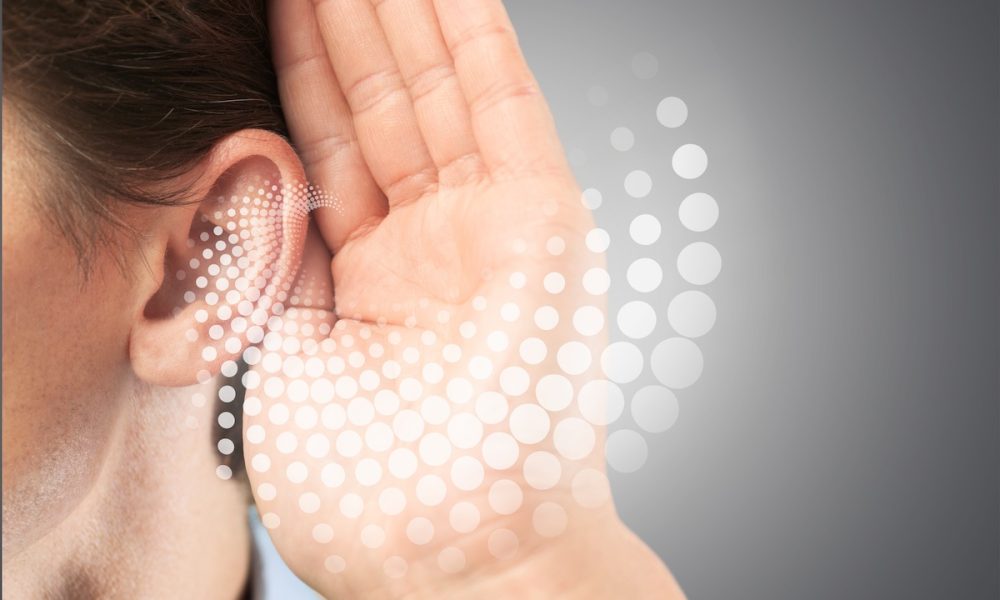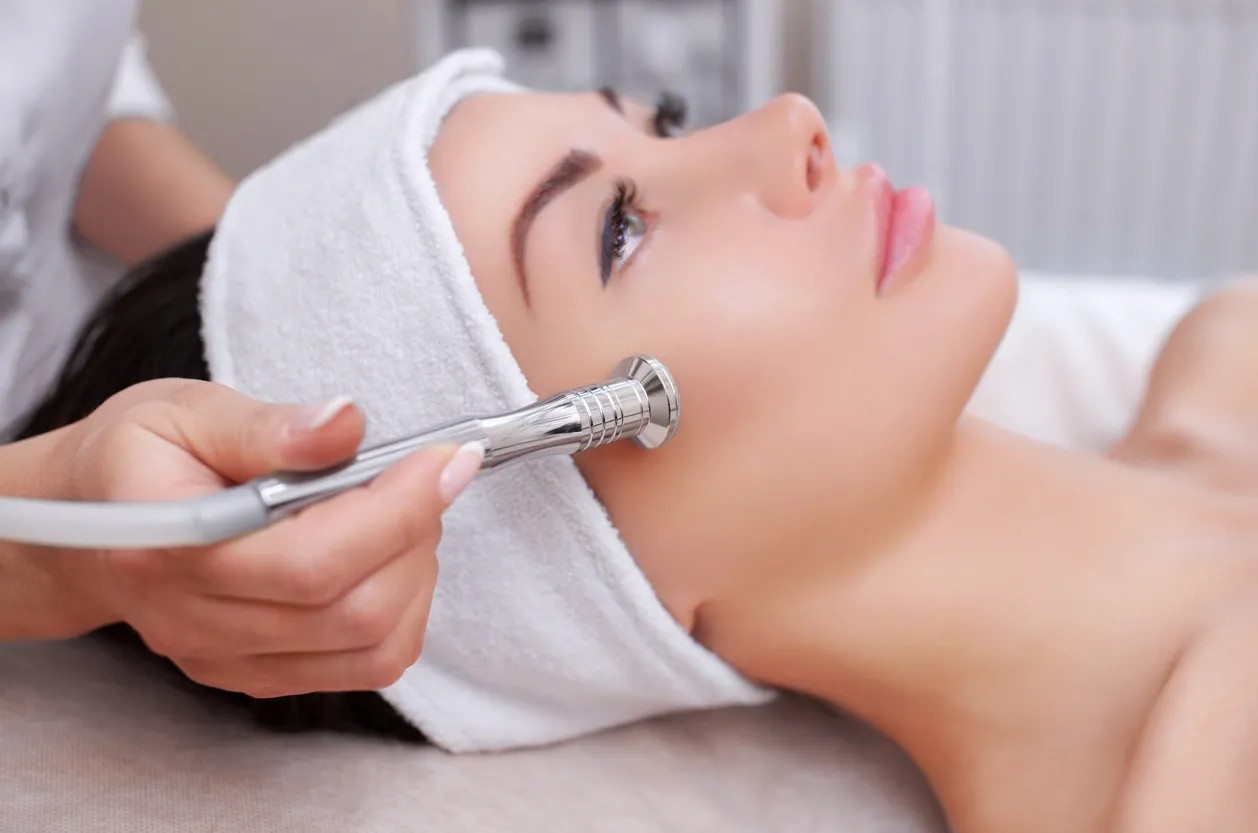Hearing loss affects millions of people around the world, and for many, the idea of getting a hearing aid can seem overwhelming—especially when factoring in costs, appointments, and specialist visits. However, recent changes in regulations have opened the door for a more accessible and affordable option: OTC hearing aids. These over-the-counter devices are designed to help individuals with mild to moderate hearing loss improve their hearing without the need for a prescription or professional fitting.
OTC hearing aids became available in the United States after the FDA finalized rules allowing them to be sold directly to consumers in 2022. These hearing aids are intended for adults who perceive their own hearing loss and want a convenient way to address it. They can be purchased online, at pharmacies, or in electronics stores—similar to how you might buy reading glasses or a blood pressure monitor.
How Do OTC Hearing Aids Work?
At their core, OTC hearing aids function similarly to traditional hearing aids. They use microphones to pick up sound, amplifiers to increase volume, and speakers to deliver enhanced sound into the ear. Many OTC models also offer digital sound processing, background noise reduction, and customizable volume or tone settings to better match the user’s hearing needs.
Unlike prescription hearing aids, which are fitted and fine-tuned by an audiologist, OTC hearing aids are designed for self-fitting. This means users are responsible for adjusting the device themselves—either manually or through an app—to achieve the best sound quality. Many OTC devices come with user-friendly instructions and mobile apps that walk users through the setup process, including hearing tests and environmental settings.
Benefits of OTC Hearing Aids
- Affordability: One of the biggest advantages of OTC hearing aids is the price. Traditional hearing aids can cost thousands of dollars per pair, especially when factoring in professional services. OTC models are typically much more budget-friendly, often ranging from $200 to $1,000.
- Accessibility: With OTC hearing aids, there’s no need for a doctor’s appointment or fitting session. This can be especially helpful for individuals in rural areas or those who have limited access to audiology services.
- Convenience: OTC hearing aids are readily available online and in stores, making them easy to try and buy. They’re also typically simple to use and don’t require a learning curve.
- Discreet Design: Many OTC models feature sleek, discreet designs that resemble wireless earbuds, making them more appealing for users who are concerned about the stigma sometimes associated with traditional hearing aids.
Things to Keep in Mind
While OTC hearing aids are a great solution for many, they’re not ideal for everyone. People with severe hearing loss, asymmetrical hearing loss, or underlying ear conditions should still consult an audiologist. Also, the quality and effectiveness of OTC models can vary, so it’s important to research reputable brands and look for return policies in case the device doesn’t meet your expectations.
In summary, OTC hearing aids are an exciting step forward in hearing healthcare, offering a more affordable and accessible option for those with mild to moderate hearing loss. With the right expectations and a bit of self-guided adjustment, these devices can significantly improve your hearing and quality of life.












